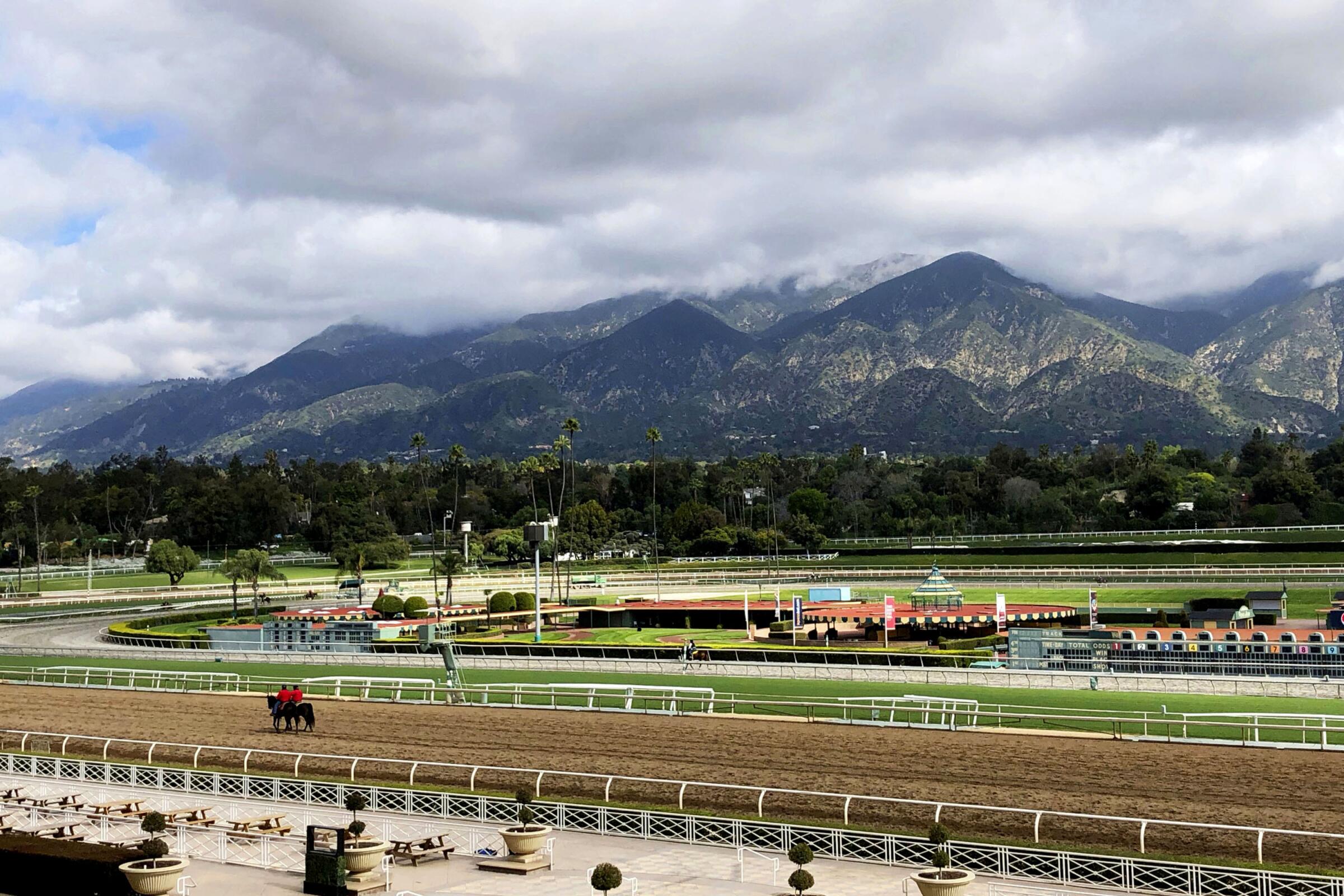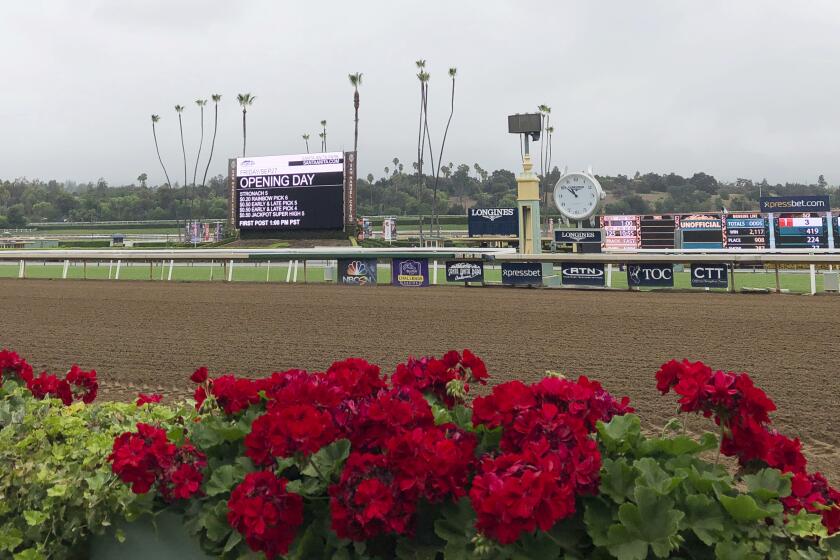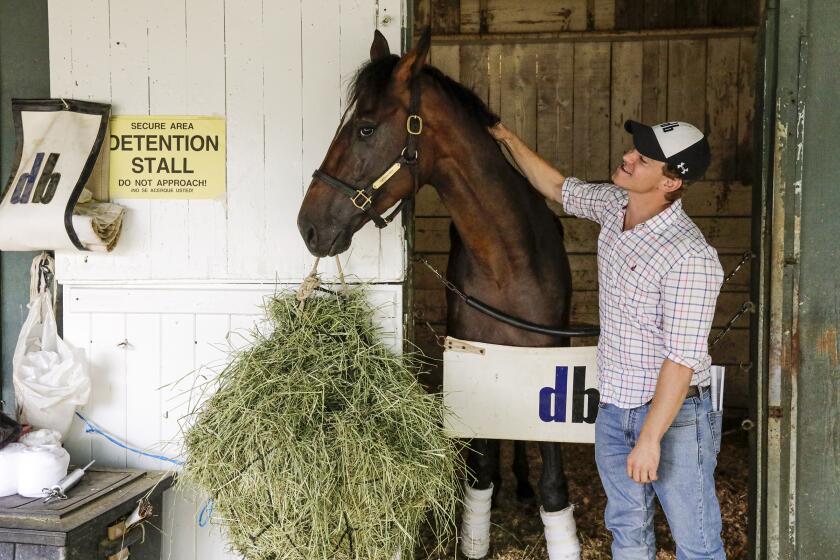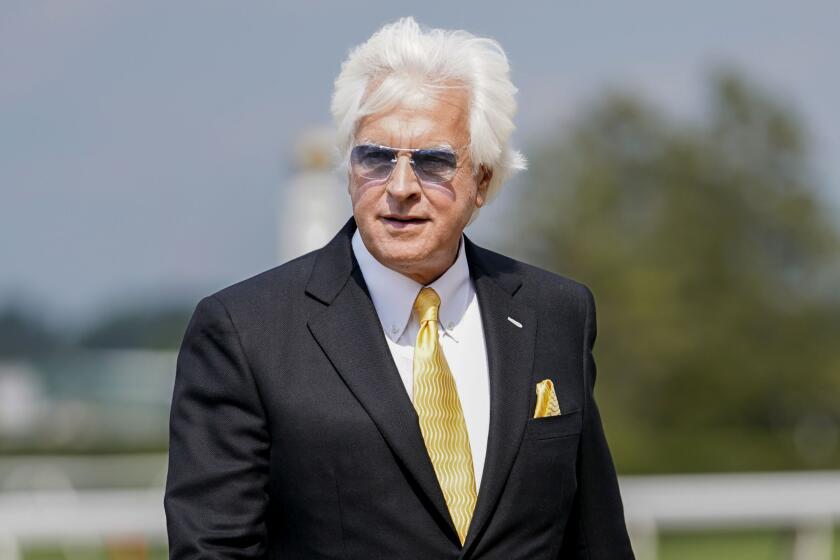Understand that members of the California Horse Racing Board are paid a whopping $100 a month plus expenses. While they are appointed by the governor, they are not politically motivated. Sometimes they vote with their heart or their gut. The Times has it handicapped this way:
Dennis Alfieri rarely votes against Santa Anita and once praised its performance during the 2019 fatality crisis, when the track refused a request by the board to close. Thomas Hudnut has close ties to Los Alamitos, a track that would benefit from no Northern California racing. But he can be a wild card. Chairman Greg Ferraro, perhaps the most pragmatic of the commissioners, is believed to be leaning toward the south.
Vice chair Oscar Gonzales has indicated he’s firmly in the north camp. Brenda Davis usually votes with Gonzales. Damascus Castellanos represents labor, and keeping Northern California jobs could be a priority.
So, who’s left? That’s Wendy Mitchell. She normally votes with Gonzales, but her tough questioning of the fair representatives in the January meeting showed she needs to be convinced that the Northern California plan can work.
But it’s racing — anything can happen.








